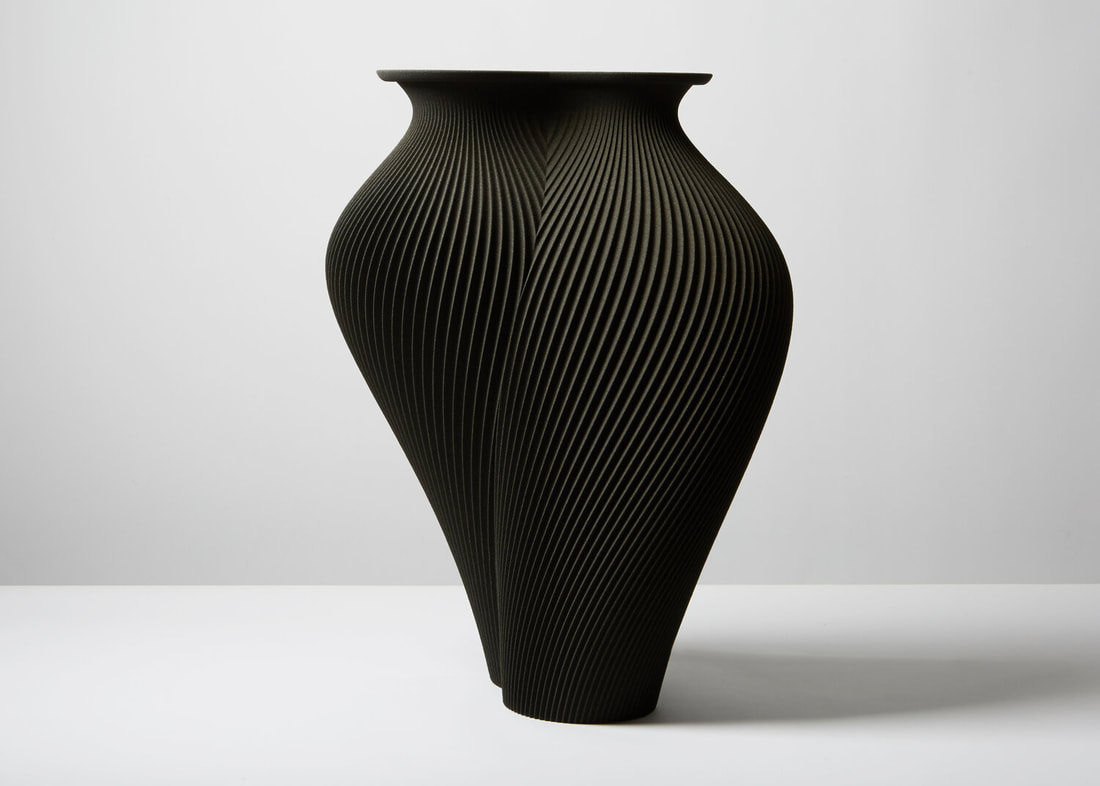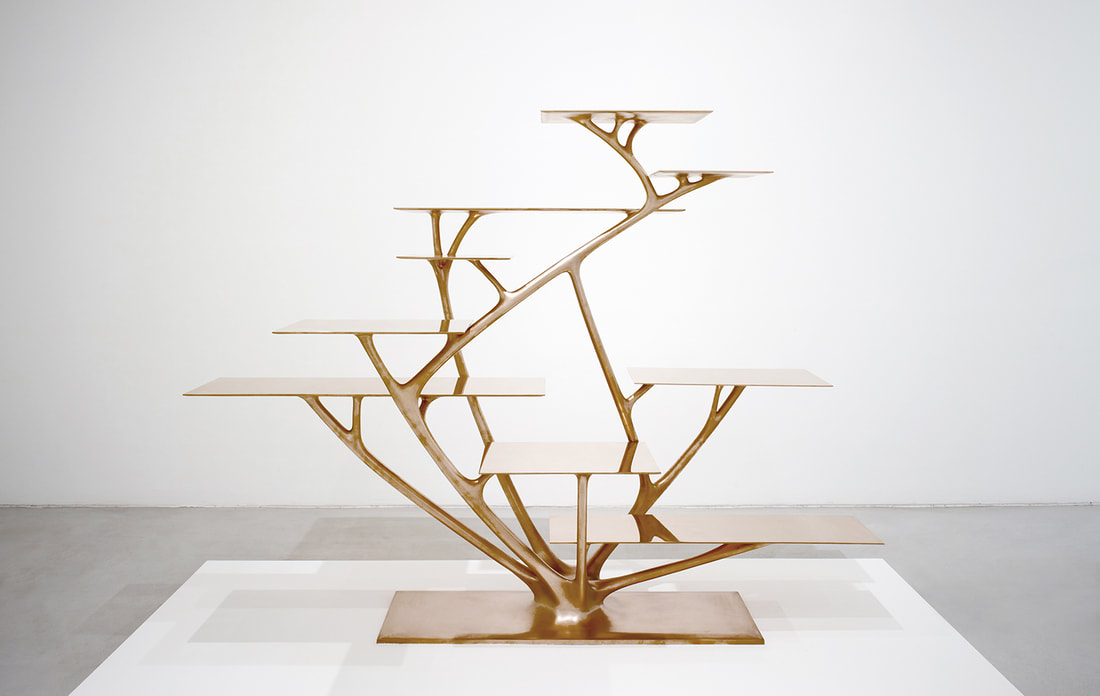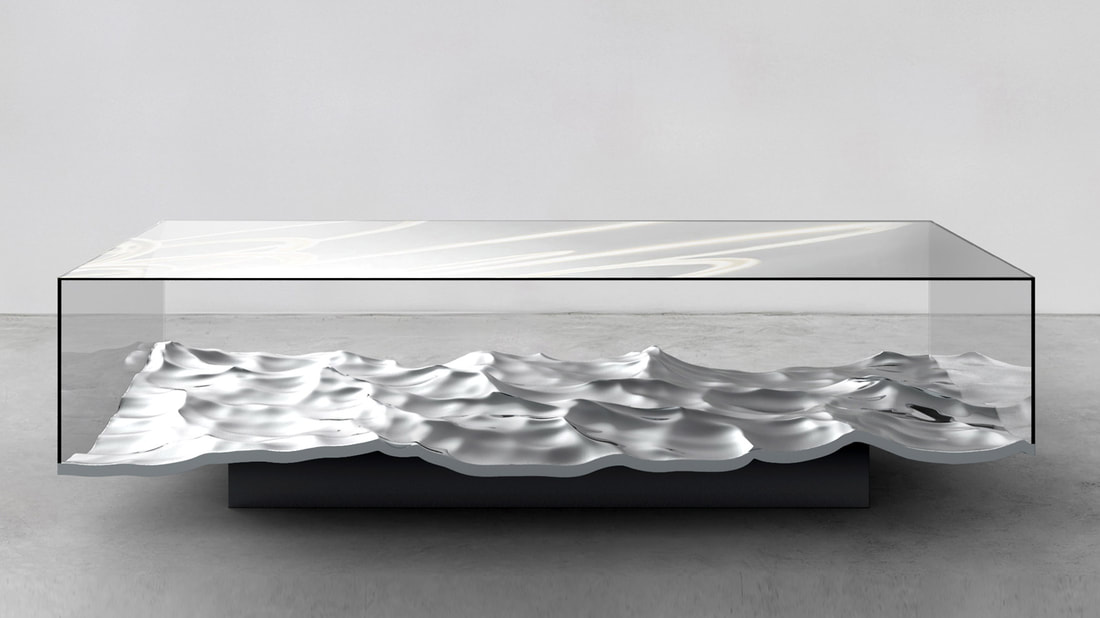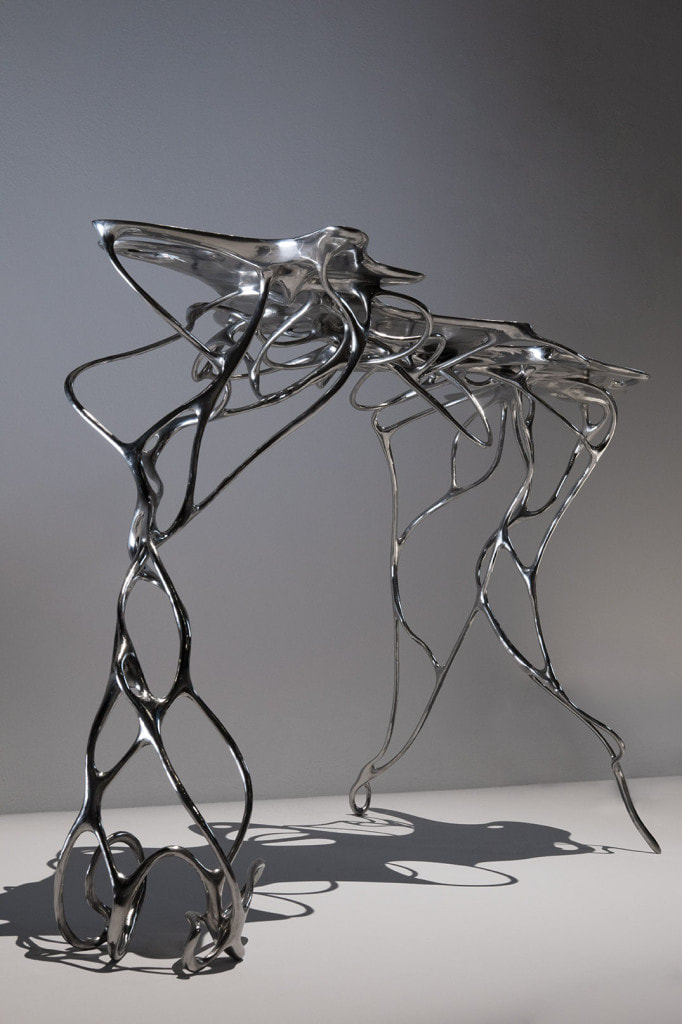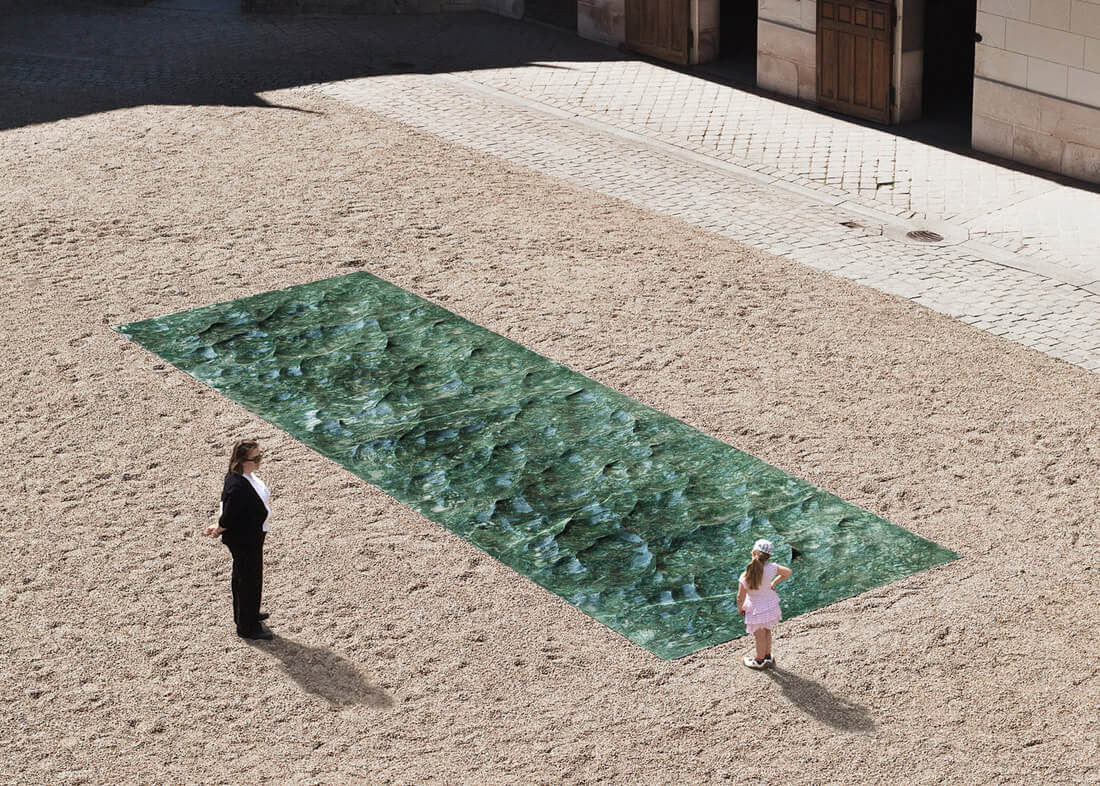The session taking place this morning was devoted to power of digital design to create magical objects. While every designer today utilizes digital technology to a certain extent, and while 3D printers, CNC systems, software programs, and digital tools are widely available to all, when it comes to collectible design, the use of these tools is not just super innovative, but also consists of only one part of the whole. The power of digital technology to transfer design and to bring a new type of design experience was at the core of my lecture this morning.
I have selected four talents, four of the world’s top designers, who have succeeded to merge concept, identity, and historical vocabularies, and while paying tribute the most advanced technology, they are concerned with craftsmanship, creating design that belongs to science, engineering, and robotic software.
The four, British Gareth Neal; French Mathieu Lehanneur; and Dutch Joris Laarman and Mathias Bengtsson, create a body of work that stands at the forefront, that could not have been possible in another era. Their design is produced in spaces which combine futuristic labs with traditional ateliers. This design is the product of a spectacular thinking process, of the craft revival, of the digital revolution. The four are up-to-date with the fast development of technology, but in their work, they demonstrate that only the tension between the old and the new, the craft and the technology, nostalgia and futurism, historical vocabulary and digital fabrication, have the power bring to the design of the zeitgeist, to the ultimate objects of desire of the 21st century. Craft, to them is not the traditional arena, but an ever evolving reality. They are making history.
Above: SiO2 Vessels, by Gareth Neal, courtesy Sarah Myerscough Gallery.

